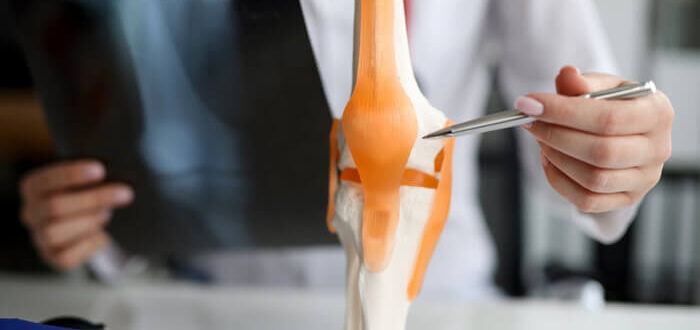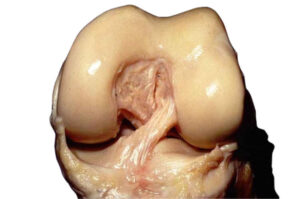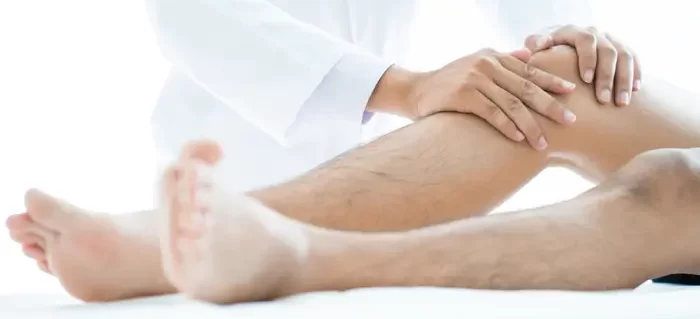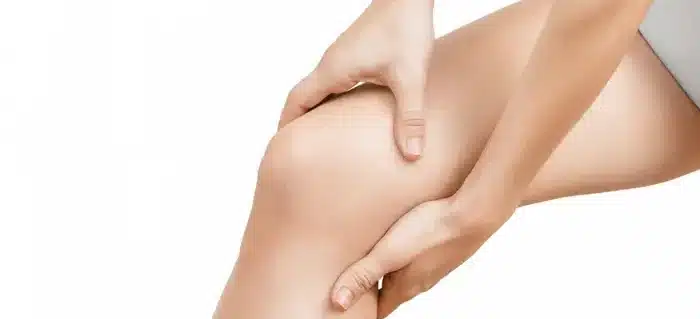
ACL reconstruction: donor tendon
There are four different tendons an orthopedic surgeon can choose from to restore knee stability during anterior cruciate ligament surgery. The four tendons are: quadricepstendon, patella tendon, hamstring tendon and donor tendon. This blog is about the donor tendon. We will discuss what a donor tendon is and the advantages and disadvantages of this tendon.
All about the donor tendon as an anterior cruciate ligament
Every year in the Netherlands, about nine thousand people undergo anterior cruciate ligament reconstruction. A tendon that will function as a cruciate ligament is used to make a new one. There are several options for this. The tendon used to make a cruciate ligament from is called a "graft" in medical jargon. Which tendon your anterior cruciate ligament will be made from is useful to know. In this blog, you'll read about the factors the orthopedic surgeon uses to choose your graft and the differences between grafts.
Michael de Levie and Wybren van der Wal orthopedisch chirurg bij ziekenhuis de Gelderse Vallei in Ede.
What is an anterior cruciate ligament?
The ACL is a Dynamic structure, rich in neurovascular supply and comprised of distinct bundles, which function synergistically to facilitate normal knee kinematics in concert with bony morphology. Characterized by individual uniqueness, the ACL is inherently subject to both anatomic and morphological variations as well as physiologic aging.
– Freddie Fu –

What is a donor tendon
The donor tendon is biological material taken from a deceased person. Usually the Achilles or hamstring tendon is used. You don't have to be afraid of the tendon being shed. The tendon is processed so that this does not happen.
Benefit donor tendon
The great advantage of using a donor tendon is that the muscles around the knee remain intact. As a result, you have less pain and muscle loss. Recovery is often faster in the beginning. The main disadvantages are that a donor tendon is very expensive and of limited availability. In addition, it is not clear who the tendon comes from and what that person's background is. The quality of tendons varies between people and depends in part on age, lifestyle (smoking, for example) and sports background. The main disadvantage of using a donor tendon is a relatively slightly higher chance of retearing, compared to using one's own tendon.
Benefits of donor tendon are:
- No risks in extracting the graft.
- Less pain after surgery
- faster recovery of muscle function
- less scarring
Disadvantages are:
- The quality of the tendon is less predictable
- Expensive alternative
- Restricted availability
- Greater re-rupture probability





